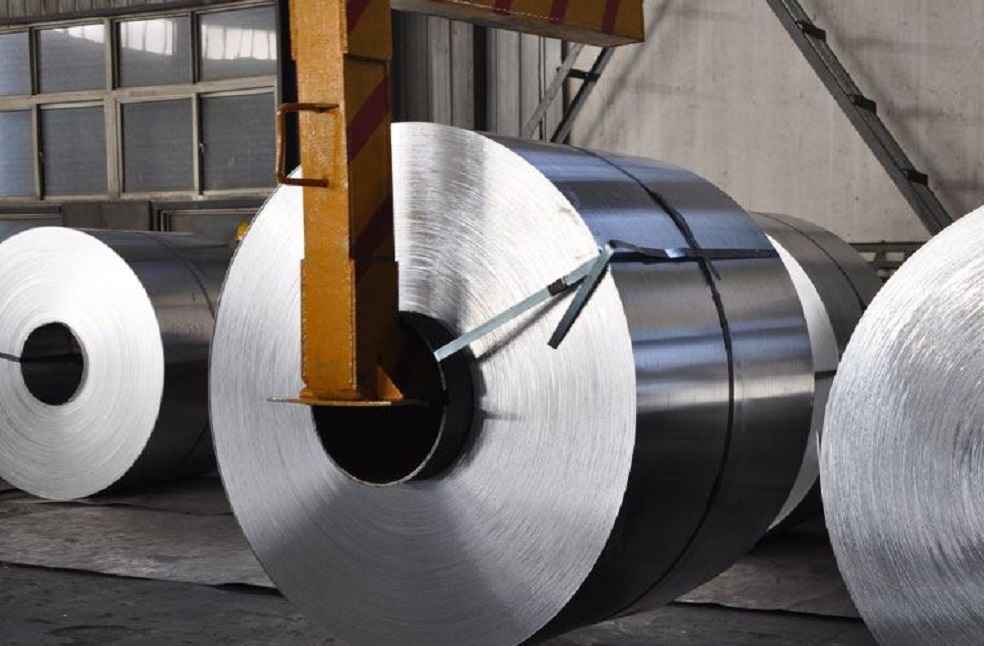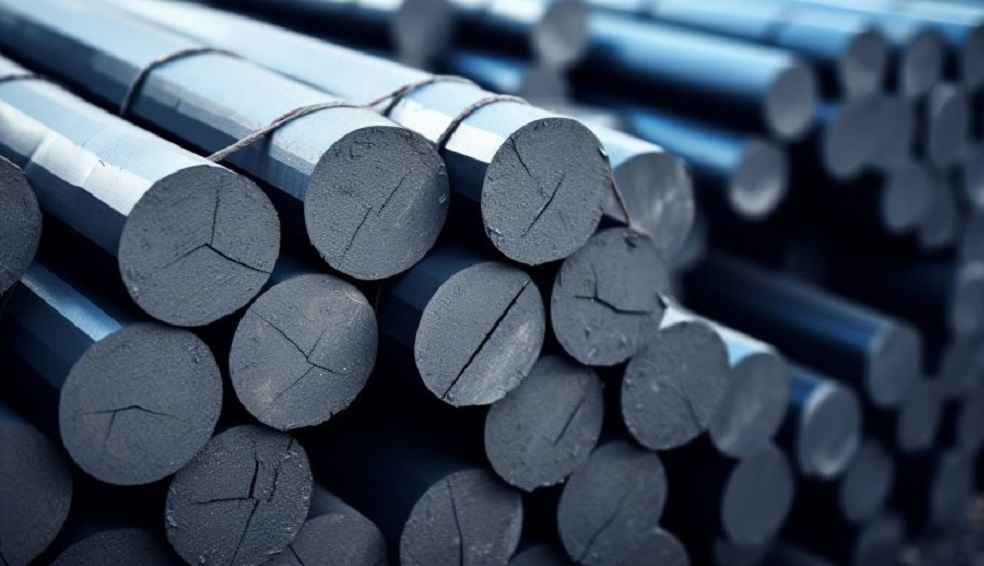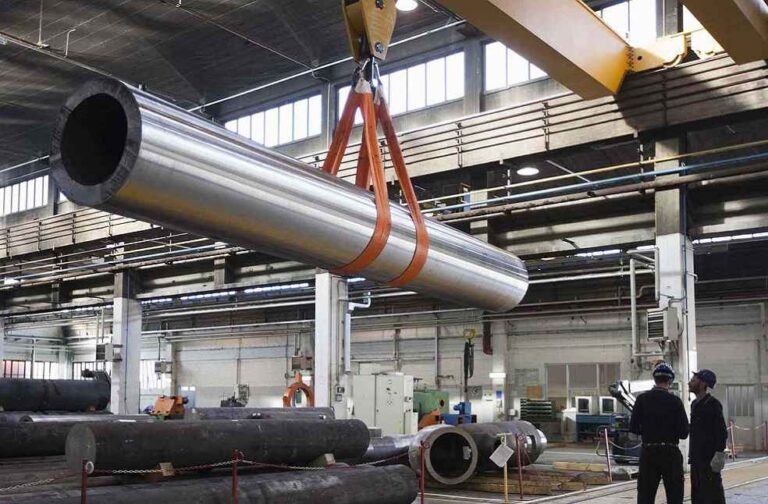China, the world’s largest producer of steel and graphite, is reshaping global trade dynamics through significant policy adjustments. Recent export policies have raised challenges for countries reliant on these materials, particularly India and the United States. The ripple effects extend far beyond economic implications, impacting pricing, market structures, and international trade relationships.
China has announced plans to reduce steel exports, a move aimed at restructuring global supply chains. Authorities have introduced measures to curb production of environmentally harmful steel types, steering the industry toward greener practices. While this transition aligns with China’s sustainability goals, it has introduced volatility and created both opportunities and uncertainties in international markets.
India, a major importer of Chinese steel, has experienced an immediate impact. Between April and October, India imported 1.7 million metric tons of finished steel from China—a 35.4% year-on-year increase. This influx has disrupted local markets, particularly for smaller Indian producers struggling to compete with lower-cost Chinese imports, which have driven domestic prices downward despite strong demand.

Chinese exports to India primarily consist of stainless steel, hot-rolled coils, and galvanized sheets—materials vital to construction and manufacturing. This surge has intensified challenges for Indian producers, who face mounting production costs and declining profitability.
In response, the Indian Ministry of Steel is exploring protective measures, including safeguard duties on flat-steel products, to shield local producers from cheaper imports. Sandeep Poundrik, a senior steel ministry official, highlighted the urgency of countering even lower-priced Chinese steel that could flood the market if preventive actions are delayed.
The United States is also grappling with the consequences of China’s steel export policies. Despite existing tariffs under global trade agreements, the Biden administration is deliberating additional measures to mitigate the impact of Chinese steel on domestic manufacturers. Industry leaders in the U.S. have voiced concerns over maintaining competitiveness as Chinese products continue to enter the market at reduced costs, threatening the viability of local production.

China’s influence extends to the graphite market, where it supplies 65% of the world’s graphite—critical for industries like electric vehicle battery production. Recent export restrictions aimed at environmental reforms have tightened global supply, driving prices upward and creating supply chain challenges. These developments could significantly affect industries dependent on graphite, particularly as demand for EV batteries continues to surge.
China’s export policies in steel and graphite are reshaping international trade frameworks, with far-reaching implications for pricing and supply chain stability. Economists warn of heightened market volatility and long-term risks for countries heavily reliant on Chinese imports. Emerging economies and established markets alike are monitoring these developments closely, as the outcomes could redefine competitive landscapes across industries.
From Vietnam to Europe, nations are bracing for potential shifts in Chinese export levels, which could either benefit or destabilize their economies. As the world’s leading exporter of steel and graphite, China’s policy decisions will remain pivotal in determining global market dynamics in the coming years.
LOGISTICS INDUSTRY | Longer Shipping Routes Disrupt Global Trade, Hit Indian Exports: Piyush Goyal



